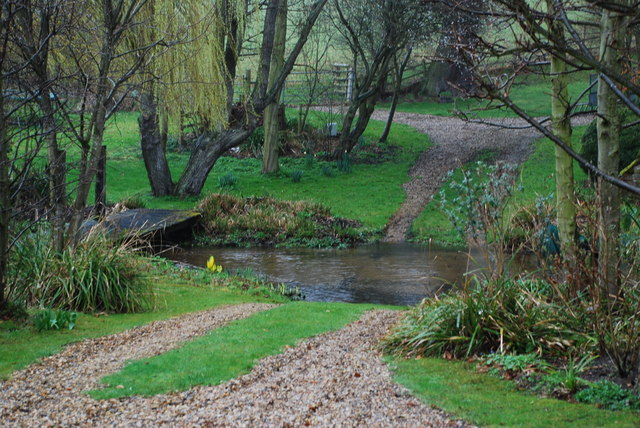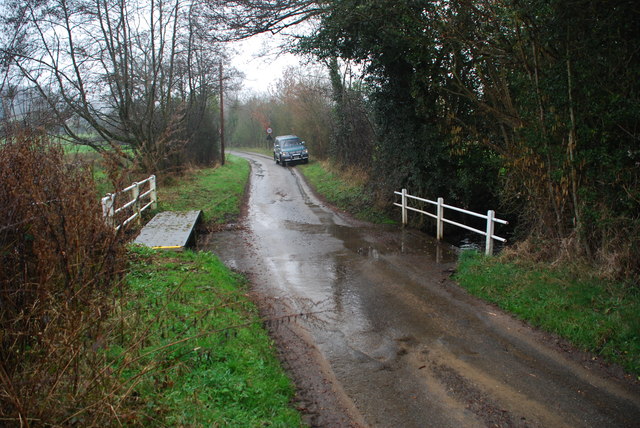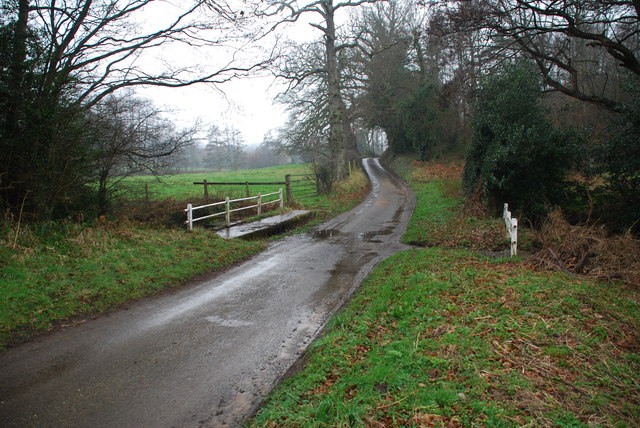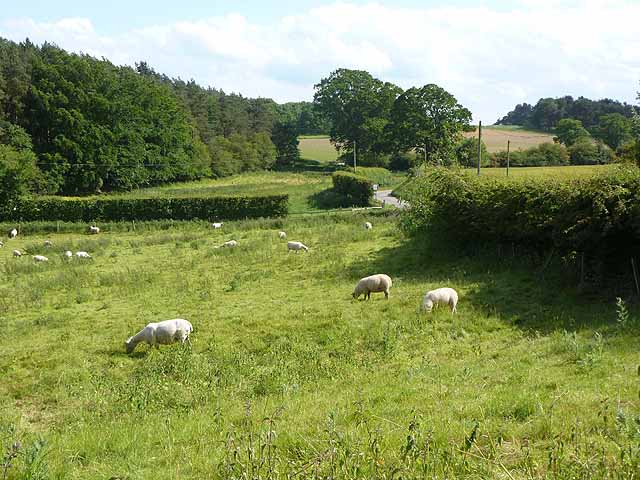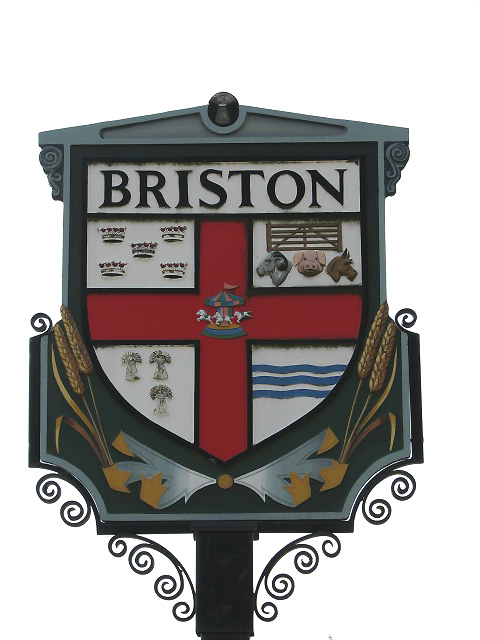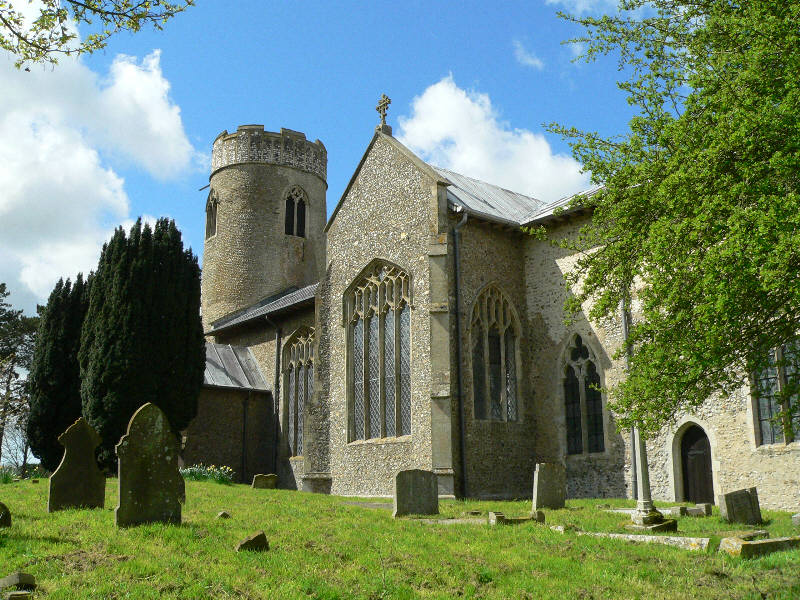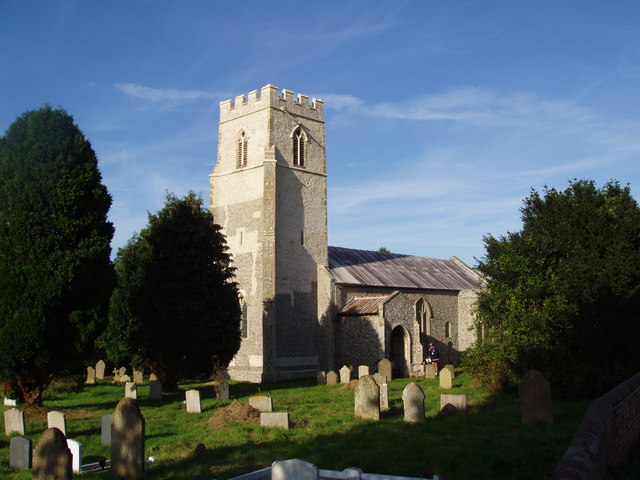Lodge Wood
Wood, Forest in Norfolk North Norfolk
England
Lodge Wood

Lodge Wood is a nature reserve located in the county of Norfolk, England. It is set in an idyllic rural area, approximately 3 miles southwest of the town of Thetford. Covering an area of around 60 hectares, Lodge Wood is predominantly composed of a diverse mix of deciduous and coniferous trees, which create a picturesque forest landscape.
The woodland is managed by the Forestry Commission and provides a haven for a wide range of flora and fauna. Visitors to Lodge Wood can expect to see a variety of bird species, including woodpeckers, owls, and various songbirds. The forest floor is also home to a plethora of small mammals, such as squirrels, rabbits, and voles.
There are several well-maintained walking trails that wind through the woodland, allowing visitors to explore the natural beauty at their own pace. These trails offer a peaceful and tranquil setting, perfect for individuals looking to escape the hustle and bustle of everyday life. Additionally, there are picnic areas scattered throughout the wood, providing the perfect opportunity for visitors to relax and enjoy a meal amidst the stunning surroundings.
Lodge Wood is also known for its historical significance, as it was once part of the larger Thetford Forest, which played a vital role in World War II as a training ground for the British Army. Today, remnants of this military past can still be found within the woodland, including old tank tracks and defensive structures.
Overall, Lodge Wood is a natural gem in Norfolk, offering visitors the chance to immerse themselves in a tranquil forest environment while also providing insight into the area's rich history.
If you have any feedback on the listing, please let us know in the comments section below.
Lodge Wood Images
Images are sourced within 2km of 52.861907/1.0682743 or Grid Reference TG0633. Thanks to Geograph Open Source API. All images are credited.


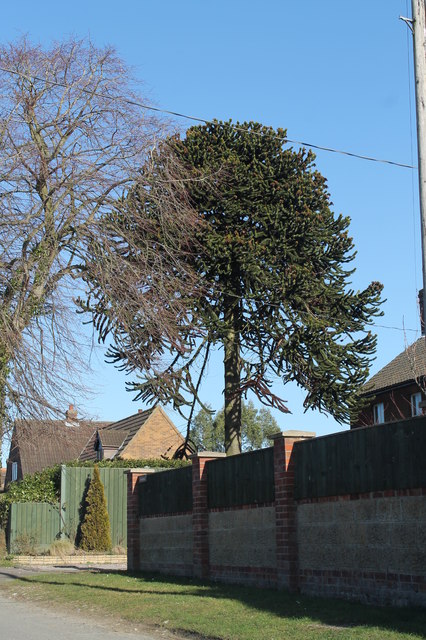

Lodge Wood is located at Grid Ref: TG0633 (Lat: 52.861907, Lng: 1.0682743)
Administrative County: Norfolk
District: North Norfolk
Police Authority: Norfolk
What 3 Words
///elsewhere.coarser.bombshell. Near Briston, Norfolk
Nearby Locations
Related Wikis
Briston
Briston is a village, civil parish and electoral ward in the English county of Norfolk that contains the hamlet of Briston Common. The village is 11 miles...
Stody
Stody is a village and a civil parish in the English county of Norfolk. The village is 13.2 miles (21.2 km) west south west of Cromer, 21.8 miles (35.1...
Hunworth
Hunworth is a village and former civil parish, now in the parish of Stody, in the North Norfolk district, in the county of Norfolk, England. The village...
St Lawrence Parish Church, Hunworth
St Lawrence Parish Church is a Grade II* listed building in the village of Hunworth in Norfolk, England. The church is dedicated to Saint Lawrence who...
Nearby Amenities
Located within 500m of 52.861907,1.0682743Have you been to Lodge Wood?
Leave your review of Lodge Wood below (or comments, questions and feedback).
